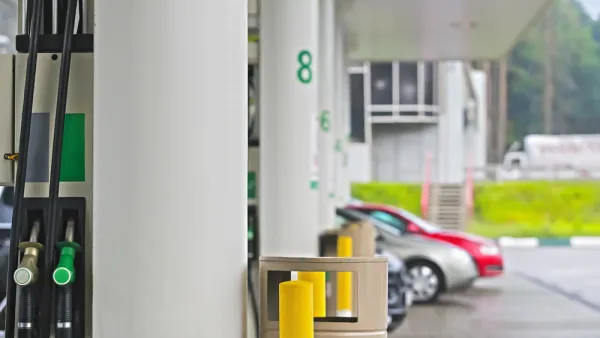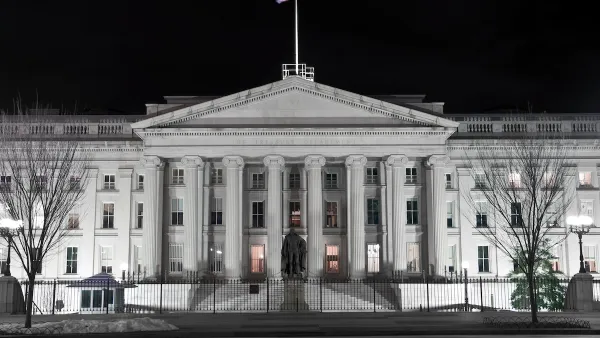Reese Neader and Daniel Goldfarb discuss military-driven innovation in technology, and how it will ease our transition away from dependence on foreign oil.
The American appetite for energy is no trifling matter. As Neader and Goldfarb point out, the United States spent $7.3 trillion to patrol the Persian Gulf between 1976 and 2007, in an effort to protect the oil supply chain – that's equivalent to a new Wall Street bailout every three years. The soaring price of oil strains military operations as much as it does consumers at home, meaning the military's traditional role as a technological innovator is as relevant as ever to the growth and security of the domestic economy.
"Over the past decades, the U.S. military has been a central driver of commercial innovation. When our armed forces needed to enhance their speed of communication in the face of a nuclear assault, we got the Internet. When they needed to increase their ability to process information, we got the microprocessor. Today, our military is facing an energy crisis that requires new breakthroughs in technology."
The Department of Defense is meeting this crisis by leading the charge in small-scale, localized energy production. "A focus on distributed generation, renewable energy, and American-made technologies is becoming increasingly ingrained in our military's decision-making, and needs to take a larger role," argue Neader and Goldfarb.
They caution that the military can't drive market demand alone. While it is the single largest consumer of liquid fuel across the globe, it still only accounts for 2 percent of total American energy consumption.
"Distributed power is about increasing prosperity at home and keeping our soldiers safe abroad."
FULL STORY: Big Idea: A Green Energy Offensive From the Department of Defense

Analysis: Cybertruck Fatality Rate Far Exceeds That of Ford Pinto
The Tesla Cybertruck was recalled seven times last year.

National Parks Layoffs Will Cause Communities to Lose Billions
Thousands of essential park workers were laid off this week, just before the busy spring break season.

Retro-silient?: America’s First “Eco-burb,” The Woodlands Turns 50
A master-planned community north of Houston offers lessons on green infrastructure and resilient design, but falls short of its founder’s lofty affordability and walkability goals.

Test News Post 1
This is a summary

Analysis: Cybertruck Fatality Rate Far Exceeds That of Ford Pinto
The Tesla Cybertruck was recalled seven times last year.

Test News Headline 46
Test for the image on the front page.
Urban Design for Planners 1: Software Tools
This six-course series explores essential urban design concepts using open source software and equips planners with the tools they need to participate fully in the urban design process.
Planning for Universal Design
Learn the tools for implementing Universal Design in planning regulations.
EMC Planning Group, Inc.
Planetizen
Planetizen
Mpact (formerly Rail~Volution)
Great Falls Development Authority, Inc.
HUDs Office of Policy Development and Research
NYU Wagner Graduate School of Public Service




























